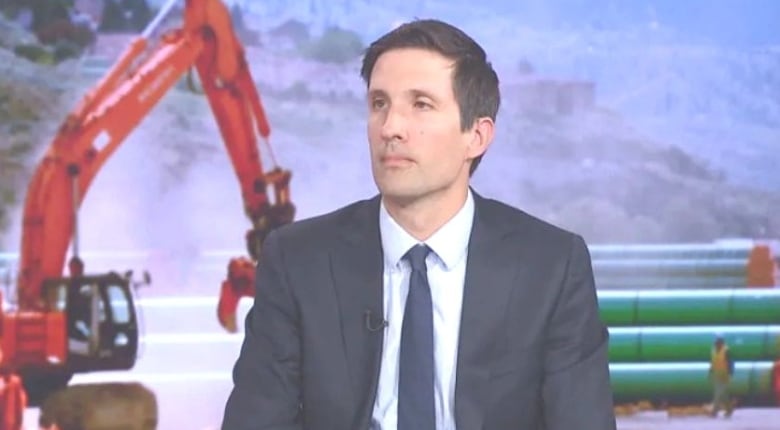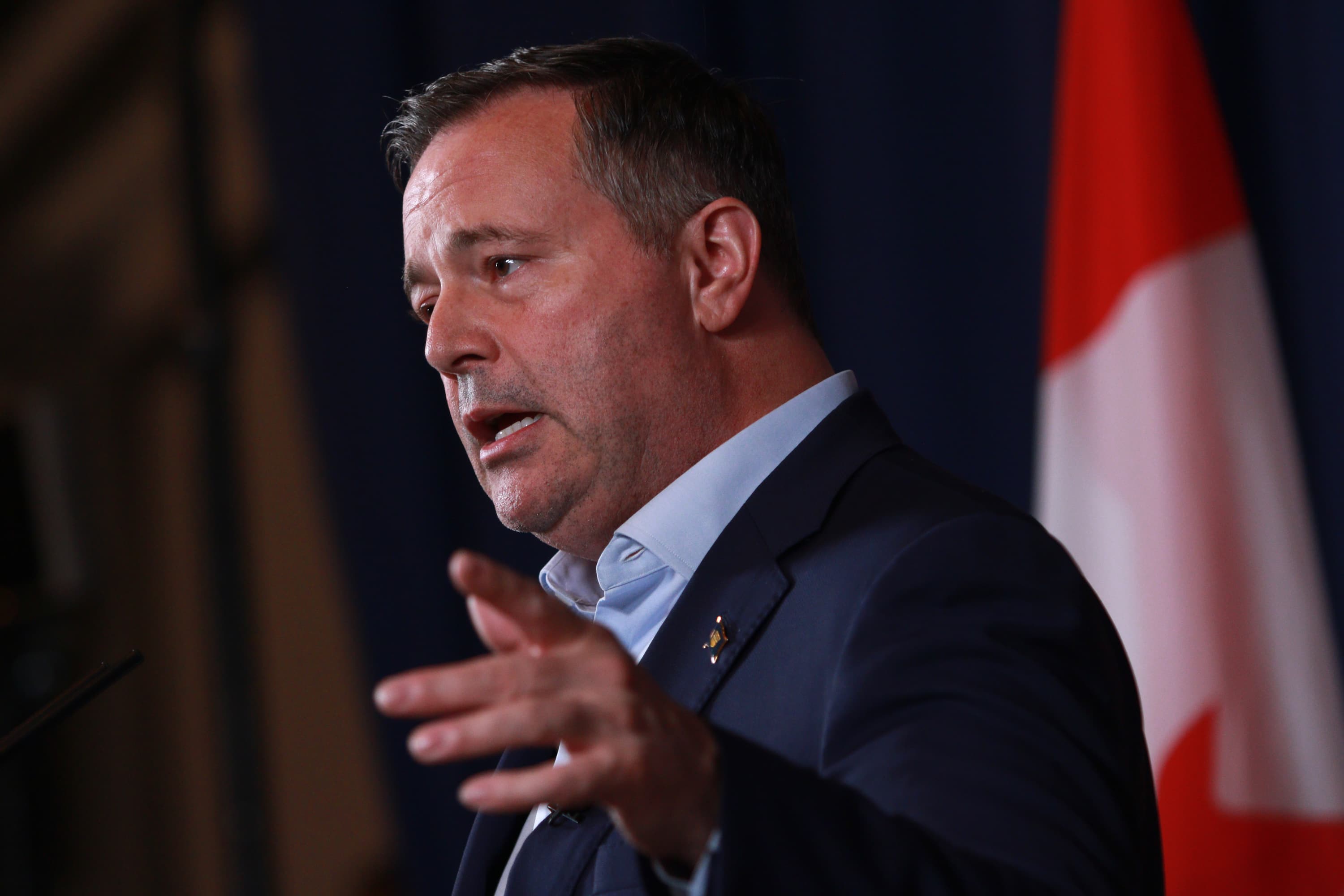Chalk up a win for the provinces and a loss for the federal government’s environmental ambitions.
In a 5-2 decision released on Friday, the Supreme Court of Canada ruled against Ottawa and in favour of arguments from provincial governments about how major projects are approved in the country.
The ruling focused on the federal government’s Impact Assessment Act (IAA), which gives federal regulators the power to assess potential environmental and social impacts of various major projects, such as pipelines, power plants and airports.
Experts say it’s a setback, but not a critical blow to the federal government’s environmental agenda, although it could have broader implications for other climate policies Ottawa is developing.
Meanwhile, it’s a triumph for provincial autonomy.
In a nutshell, the top court took exception to the federal government overstepping its boundaries. There is also some caution about Ottawa regulating greenhouse gas emissions.
The decision clearly states the environment is an important issue, but the federal government can’t overstep its boundaries into provincial jurisdiction, such as power plants and natural resource projects.
“Environmental protection remains one of today’s most pressing challenges, and Parliament has the power to enact a scheme of environmental assessment to meet this challenge, but Parliament also has the duty to act within the enduring division of powers framework laid out in the Constitution,” stated Chief Justice Richard Wagner, in the written decision.
As CBC reporter Erin Collins more colloquially put it on CBC Radio, a few minutes after the decision was released, “this was really Alberta telling the feds to stay off their lawn and the local bylaw officer kind of coming by and agreeing with them.”
Featured VideoAlberta Premier Danielle Smith reacts to news that the federal Impact Assessment Act, previously known as Bill C-69, is ruled unconstitutional by Canada’s top court.
Competing for investment
The ruling comes at an important moment when there is a need to attract investment into the country and to build the necessary infrastructure required for a growing, low-carbon economy. At the same time, there is an increasing focus on emissions as Canada tries to meet its Paris climate goals.
Many countries around the world are offering incentives to promote clean energy, for instance, but without an efficient permitting process, proposed projects can get bogged down.
The previous regulatory process under former Prime Minister Stephen Harper was described as too relaxed by critics, while the top court’s ruling shows the system under Prime Minister Justin Trudeau went too far. Under both systems, it still takes multiple years for major projects to be approved.

The regulatory and permitting process has been in a state of flux for most of the last decade and Friday’s top court ruling will no doubt cause further change.
Canada isn’t the only country struggling with regulatory efficiency, according to Marla Orenstein, director of energy, environment and economy at the Canada West Foundation, a Calgary-based think-tank. She notes that the United States, the U.K., Germany and Australia all have similar issues.
“Everybody’s saying that this regulatory process takes too long and is too uncertain and that it’s going to impede our clean energy targets,” Orenstein said.
“They have to figure out, how do you make it robust in terms of its environmental outcomes and keep that robustness, but at the same time make it transparent, make it consistent, make it predictable.”
Featured VideoThe Impact Assessment Act has long been controversial among conservative politicians in Alberta, including former premier Jason Kenney. In an interview with CBC, Kenney says the Supreme Court ruling is a reminder that provinces do have important powers.
The Alberta government led the fight against the IAA, originally called Bill C-69. It was characterized by many conservative politicians in Alberta, including former premier Jason Kenney, as the “no more pipelines” act.
Generally, the IAA was intended to improve environmental protection, while also trying to reduce the lengthy regulatory process and give an early indication to companies about a project’s chances of approval.
The federal government has always had jurisdiction over reviewing projects on federal lands, or those that cross provincial or international boundaries, such as a large electricity transmission line.
As a result of the federal legislation, more projects required an assessment, such as certain highways and railroads. This expanded list of projects ultimately became the biggest problem, as highlighted by the Supreme Court.
Mixed results
Since 2019, the majority of the projects that underwent the federal assessment were from Ontario and Quebec, and the most common type of proposal involved mining.
“It’s never been a huge number of projects that have gone through under this federal Impact Assessment Act. But at the same time, those projects tend to be fairly major and important ones, the big large ones that everybody is concerned about,” said Orenstein.

“We’ve needed some certainty in terms of moving forward,” she said. “There’s a whole bunch of projects that have been waiting in the wings, not putting in an application, waiting to see what’s going to happen.”
One project that completed the process was the Cedar LNG proposal in British Columbia, which experts say was successful for a variety of reasons including the proponent’s level of preparedness, its commitment to net-zero, and its level of Indigenous support.
Meanwhile, other projects were less fortunate, such as Suncor’s base mine expansion project, near Fort McMurray in northern Alberta. The proposal to grow its existing oilsands operation is still ongoing, although its chances at success were regarded as minimal after federal Environment Minister Steven Guilbeault wrote to the company explaining that the project’s emissions were unacceptable.
After Friday’s ruling, the Suncor project may find a new lease on life. It will still require federal permits because of its potential impacts on migrating birds, waterways and fish, however, the minister’s focus on emissions may need to be re-thought or reviewed.
Suncor did not immediately respond to a request for comment.
What’s next?
The elephant in the room is the question around just how far the federal government can go on greenhouse gases, according to Martin Olszynski, an associate professor of law at the University of Calgary.
He noted that the Supreme Court did uphold the federal government’s carbon tax two years ago, but sent a message in this latest ruling that Ottawa doesn’t have total control over regulating emissions.
“The Supreme Court didn’t say you don’t have that jurisdiction,” said Olszynski, who acted as counsel for World Wildlife Fund Canada, which was granted intervener status in support of the IAA at the Supreme Court. “They just said you didn’t make the case here for it. And if you want to come back, if you want to make it, you can make it. But you didn’t do that here.”
The ruling “clips a little bit the federal government’s wings when it comes to climate change,” he said.

The federal government has said it is reviewing the court’s decision and plans to make changes to the IAA.
After introducing many environmental policies since taking office, the governing Liberals are set to roll out two more policies soon — the clean electricity regulations and the oilpatch emissions cap.
The top court ruling this week does not have a direct impact on those proposals, but experts say there’s no guarantee that future federal policies wouldn’t also be challenged in the courts.
“There’s a bit of a warning here, a vibe from the Supreme Court that it wants the federal government to play conservatively,” said Olszynski.
Some provincial governments are already objecting to those proposals, too, which could lead to another court showdown with Ottawa over who has the authority over what parts of the environment.
















Leave a comment